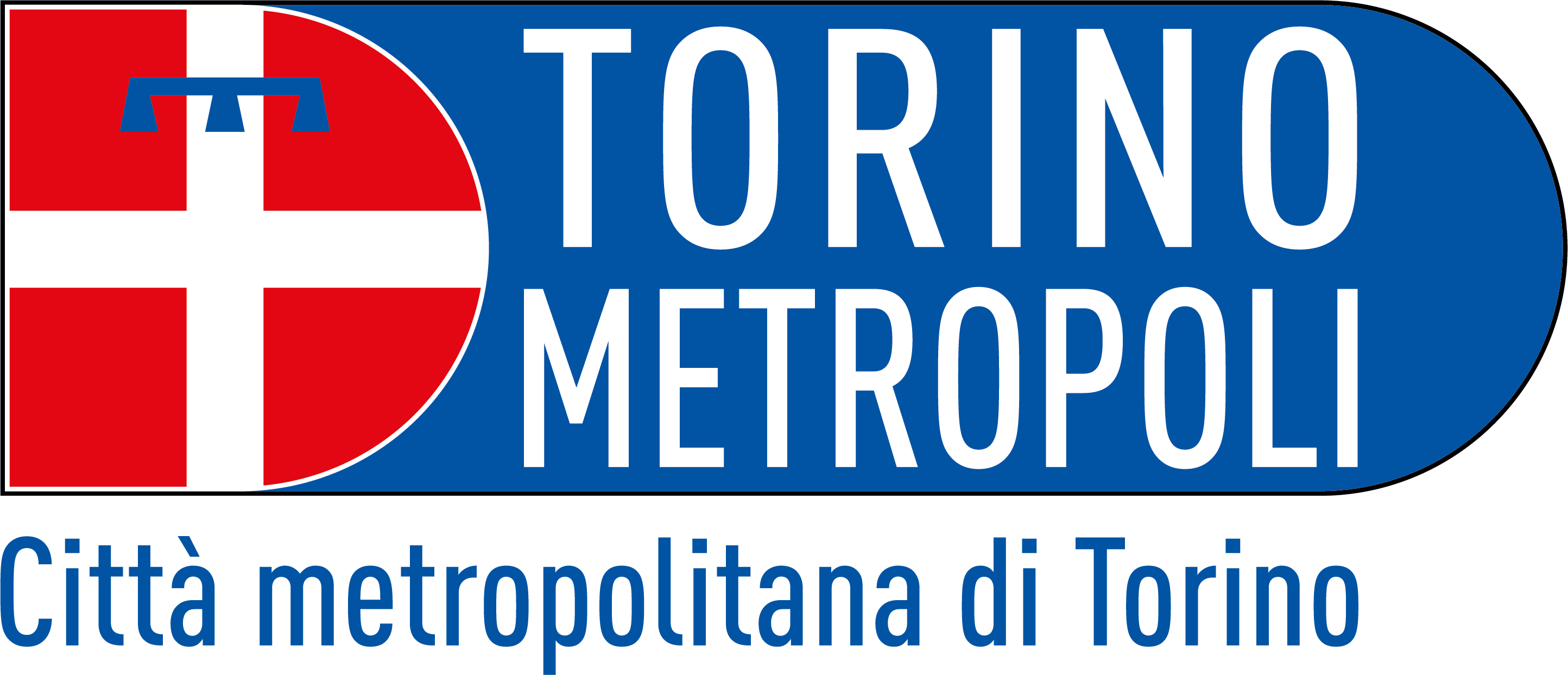The Urban Waste Report 2022 prepared by the Istituto Superiore per la Protezione e la Ricerca Ambientale (ISPRA)
The Report analyses data from 2021 and is the result of intensive data reception and processing by the National Centre for Waste and Circular Economy, as well as the close cooperation and support provided by regional and provincial Environmental Protection Agencies. This document reaches its 24th publication this year, establishing itself as a fundamental tool for numerous public and private stakeholders as well as the legislator.
The Urban Waste Report aims to provide a snapshot of the waste management system in Italy, and is therefore useful and necessary for anyone who wants to know, monitor and/or formulate active actions and policies in the waste governance sector.
In particular, the analysis considers every aspect inherent in the process of municipal waste collection, management and disposal: from their production to their rate of start-up for recycling, also considering aspects such as the pricing system and the cost of services. every aspect inherent in the process of waste collection, management and disposal: both their production and their rate of start-up for recycling, as well as the pricing system and the cost of services.
Four general considerations emerge from the presentation of the latest edition of ISPRA's Urban Waste Report
- 2021 saw an increase in municipal waste production (+2.3%), realigning to pre-pandemic levels. Therefore, the reduction in waste production recorded in 2020 is confirmed to be solely attributable to the closure of the Sars-Cov19 health emergency. ;
- the national separate waste collection rate stands at 64%, one percentage point below the national target threshold of 65% set by Legislative Decree 152/2006 for 2012. The percentage of separate collection is very fragmented in Italy, with areas that exceed 80% and others that still have very low levels below 30%;
- the gap between the areas of Northern, Central and Southern Italy persists, with particular reference to plant equipment. The proposed solution is to use and exploit the funds made available by the Piano Nazionale di Ripresa e Resilienza (PNRR) to encourage the construction of new waste management and disposal facilities throughout Italy. The purpose of these actions is to apply the proximity principle in waste management, substantially decreasing interregional waste flows, which are detrimental both to the environment and to the overall cost of the service;
- the percentage of waste going to landfill remains stable and unchanged over the years at 19%. However, the European Union has set the threshold of waste going to landfill at 10% by 2025. It therefore becomes imperative to take concrete action in this direction. Proposed solutions include reducing waste production, increasing the quantity and quality of separate waste collection, as well as building new waste-to-energy plants. In particular, it was emphasised that waste-to-energy plants should not be seen as antagonistic to recycling, but rather as a complementary element in the waste management system, capable of energetically valorising non-recyclable waste while reducing the need for landfill.
The presentation of the Report concluded by reiterating once again how Italy is a virtuous country in terms of recycling capacity, albeit characterised by two different speeds. Furthermore, great emphasis and hopes are directed towards the PNRR funds, in particular for the circular economy 'flagship' projects, highly innovative projects aimed at increasing the repertoire of techniques and technologies currently available in the waste management and treatment sector.
For more information:
Video presentation of the Urban Waste Report 2022 (Ricicla.tv)
Read also:
Annual Report on the State of the Waste Management System 2022 of the Metropolitan City of Turin published (beataladifferenziata.it)
Anna Ferrari
